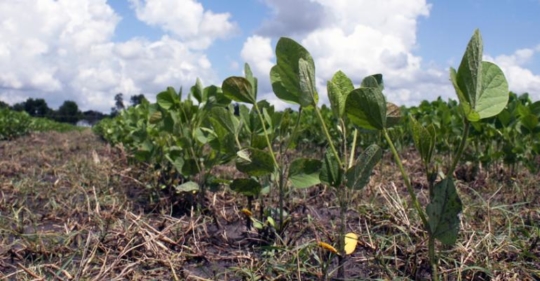Explore our blog featuring articles about farming and irrigation tips and tricks!
4 Steps To Manage Soybean Cyst Nematode Starting Now

By: Carl A. Bradley
The soybean cyst nematode causes greater annual yield losses in Kentucky than any other pathogen of soybean.
The last time a formal survey was conducted by the University of Kentucky in 2006 and 2007, approximately 76 percent of soybean fields in the state were infested with SCN. Although above-ground symptoms (stunting and yellowing) caused by SCN can occasionally be observed, affected soybean plants generally appear to be healthy. Unfortunately, “healthy-looking” soybean plants that are infected by SCN can still have a 30 percent yield reduction.
Management of SCN has gotten much more complex in the last few years, since SCN populations have adapted to the use of SCN-resistant soybean varieties. The primary source of SCN resistance used by commercial soybean breeding programs came from a soybean germplasm line known as “PI 88788”. This source of resistance was highly effective in managing SCN for several years, but prolific use of soybean varieties with the PI 88788 background has selected for SCN populations that are able to overcome this source of resistance. In the 2006-2007 University of Kentucky SCN survey, the PI 88788 source of SCN resistance was not very effective against approximately 60% of the SCN populations in Kentucky, making management of this pathogen much more complex than before.
As complex as it is, management of SCN is still doable, and is important for maintaining and increasing soybean yields.
Below are the main steps for managing SCN:
Stay up to date on all T-L news and get alerts on special pricing!


